
It ended months of air war, which has many obvious parallels with the current fighting in the skies over Ukraine. Focus translated the article "Battle of Britain Lessons for Ukraine and Russia" by journalist Peter Suchiu for the National Interest portal. Suchiu recalled what was the end of an aggressor who wanted to break an entire nation, and what happened when he did not succeed.
Because of the introduced norms of sugar consumption during the Second World War, Halloween was practically not celebrated in Great Britain. Halloween 1940 must have seemed particularly grim as it coincided with a months-long campaign of aerial bombing of British cities. But October 31, 1940 marked the end of the "Battle of Britain," Germany's attempt to gain dominance in the skies over the United Kingdom in preparation for a ground invasion.
It was on this day that the Germans made their last daylight raid on Great Britain before finally abandoning the idea. However, night attacks on London continued throughout the winter and spring of 1940-41 and ended only when the Luftwaffe shifted the bulk of its air power to the east in preparation for the invasion of the Soviet Union. The end of the Battle of Britain was gradual, even as it became clear that Germany was changing its strategy.
At the same time, it is important to note that the operation "Blitz", which began on September 7, 1940 and lasted until May 11, 1941, became an even more terrible stage of the war for the residents of London and other cities of Great Britain. The end of the Battle of Britain meant that the threat of the planned German Operation Sea Lion was postponed indefinitely.
A new phase of intense but highly inaccurate night bombing, in which British fighters were also less effective, made it clear that Germany's attempt to destroy the Royal Air Force (RAF) had failed. As Operation Blitz took place over cities, it resulted in the deaths of approximately 43,000 civilians and the destruction or damage of over two million homes. Germany intended to break the fighting spirit of the British and force them to surrender.
The campaign failed, only strengthening the resolve of the British people. Neither the Battle of Britain nor the Blitz allowed the Luftwaffe to gain air superiority, and both cost Germany aircraft that could have been used in combat operations against the Red Army. In addition, the bombings did little to harm Britain's military economy. During these eight months, night bombing never seriously damaged British military production, which had increased over the same period.
And although the country and its people suffered terribly, there was no chance that the bombing would force Britain to surrender. It reminds us once again that Ukraine has been going through what can be described as the Operation Blitz of the 21st century for over three years, and Russia is failing for many of the same reasons that Germany did 85 years ago. As The Washington Post reported earlier this year, Ukraine's courage in resisting Russia can be compared to the Battle of Britain.
Attacks on Ukrainian cities emphasize that it is not the aggressor in this conflict, and the country has earned support throughout Europe and beyond. Kyiv's will remains as steadfast as that of Great Britain in World War II, and Russia's failure to achieve victory mirrors the failure of the German Air Force. Several factors are at play here, and they are not too different from those the British were dealing with in 1940-41.
Russia applied flawed tactical doctrine, failing to establish control over airspace early in the conflict, including suppressing enemy air defenses (SEAD). In addition, it failed to integrate air power with ground forces, resulting in a lack of close air support (CAS) and overlapping battlefield airspace during the initial offensive operations.
However, while Germany lost the opportunity to defeat Great Britain in World War II, it can be argued that in the first days after the invasion, Russia did not even have a chance of a decisive victory. Failing to achieve its goals, the Russian Aerospace Forces relied on existing doctrine that called for the protection of Russian airspace rather than offensive operations.
Part of the problem was that Russian pilots received far fewer flying hours per year than their NATO counterparts and lacked the training and muscle memory required for the complex combat scenarios they faced during the operation. Since the beginning of the war, the situation has largely changed in favor of Ukraine. Powerful and effective Western-made air defense systems are increasingly appearing in the Armed Forces, and Kyiv continues to receive intelligence and training from NATO.
In addition, Russia is still unable to replace the lost aircraft, while several NATO members have promised to provide Western fighter jets, including the American F-16 and the French Mirage 2000. The Ukrainian people are enduring a war of attrition. Although Ukraine does not have the human resources of Russia, it continues to receive supplies of military equipment. This explains why Russia will continue to launch Blitz-like missile and drone strikes and subsequent V-1 and V-2 strikes on London.


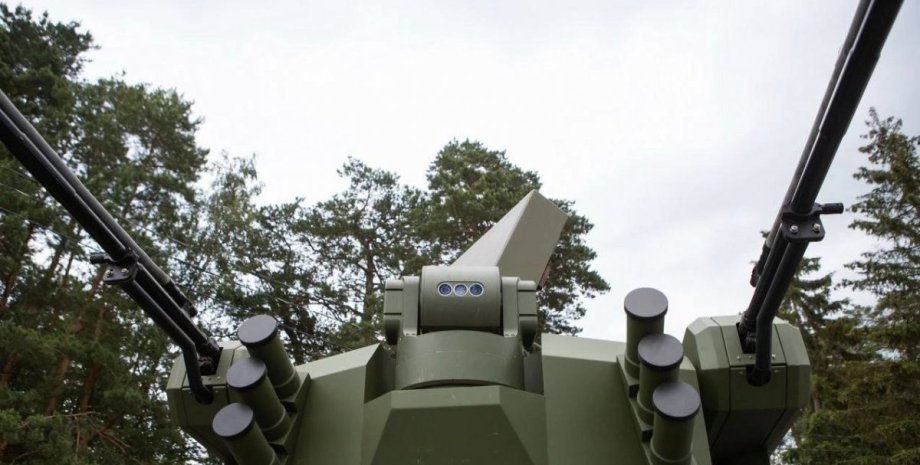
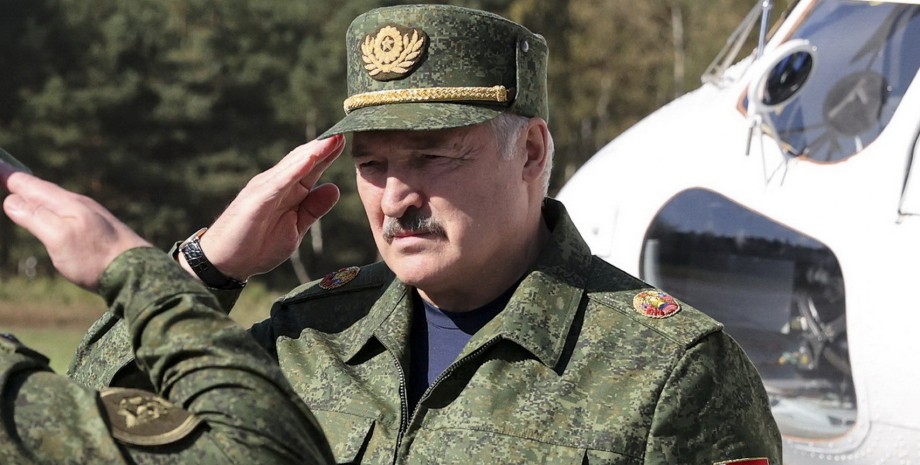


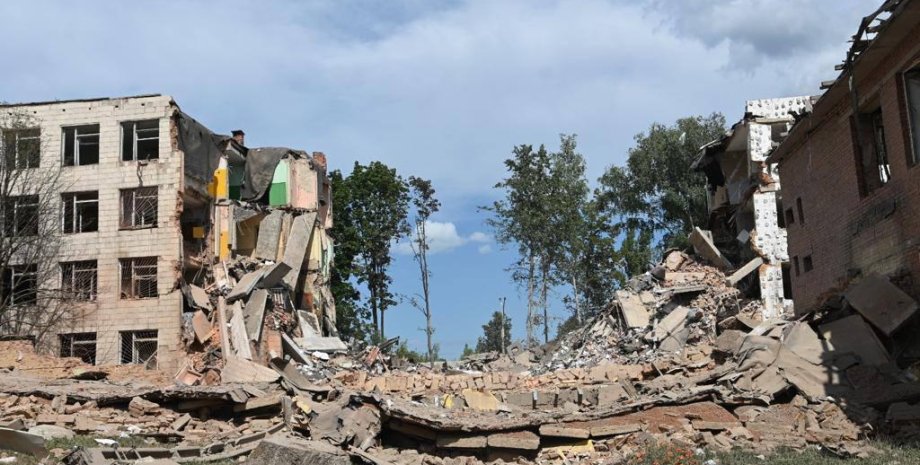
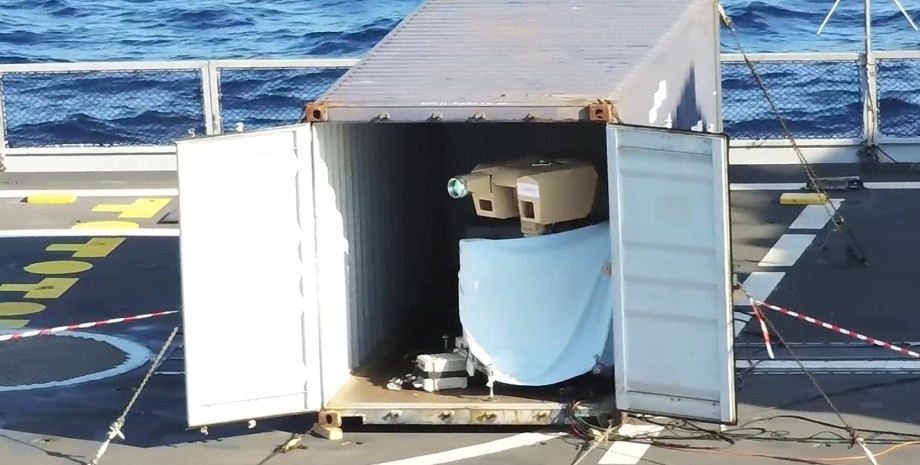

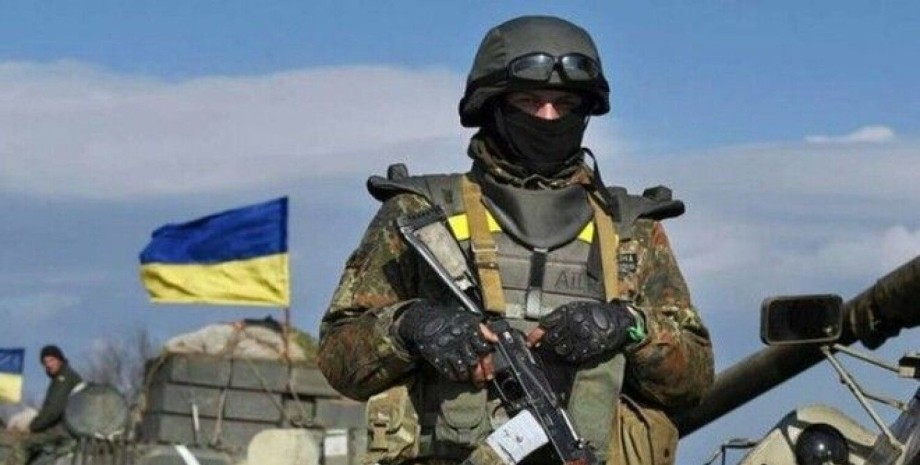
All rights reserved IN-Ukraine.info - 2022